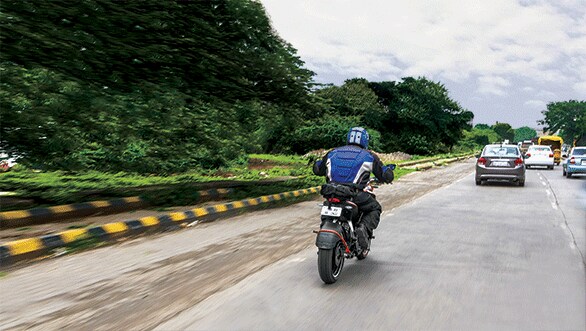Better Riding: Closing speeds
Let's say two riders are approaching traffic stopped at a traffic light from, say, 20 metres away. Rider one notices the traffic has stopped and closes the throttle, downshifts and gently eases on the brakes and comes to a stop. The other rider stays on the throttle and then brakes hard to a dramatically quick stop right beside the first rider. Clearly the second rider has skills and everyone will notice him. But who do you think is actually riding better? Now let us take a more complex example. The traffic ahead is moderate, not enough volume to be clogged but not low enough for you to be able to navigate past it without making throttle and steering inputs. How do you think you should approach this?

The rate at which you arrive into this situation is called your closing speed. In pure physics terms, that's the relative speed between you and the traffic. The higher the closing speed the worse the odds are against you. First, there is less time for the traffic ahead to notice you. Second, there is less time for you to see what that traffic is doing. Third, because you've left yourself no option but a drastic steering or throttle input to navigate the traffic, you may no longer have an escape plan if something unexpected occurs.
To arrive slower, what you change is simple - you close the throttle earlier. Not only does this save you some small amount of fuel, but it also eliminates all of the issues above. Plus you get more time not only to read the traffic, but to make a better plan to deal with it.
In my personal experience, riding with low and moderate closing speeds doesn't make your ride slow but it does make it smooth. And if you notice someone riding frantically, you'll find that you can keep up or pass this rider spending almost no energy in the process because you are actually going both faster and safer.
How do you do this? When you're approaching traffic, whether stopped or otherwise, aim to arrive at the last vehicle in the platoon so that you are going no more than 10-15 per cent faster than this vehicle. The challenge is that once you check your mirrors to see that it is safe and then you use only a closed throttle and any required gear changes (try not to use engine braking) to achieve this. Simple.